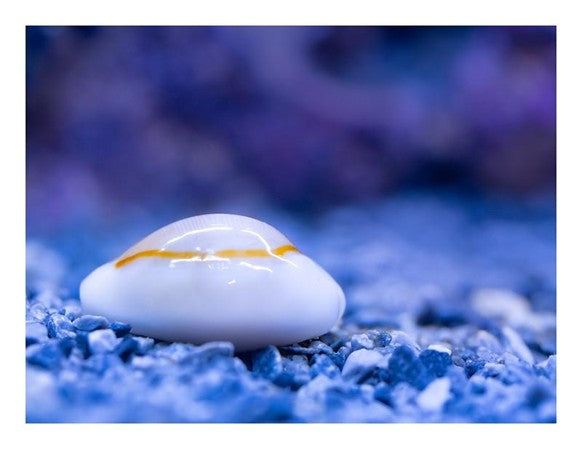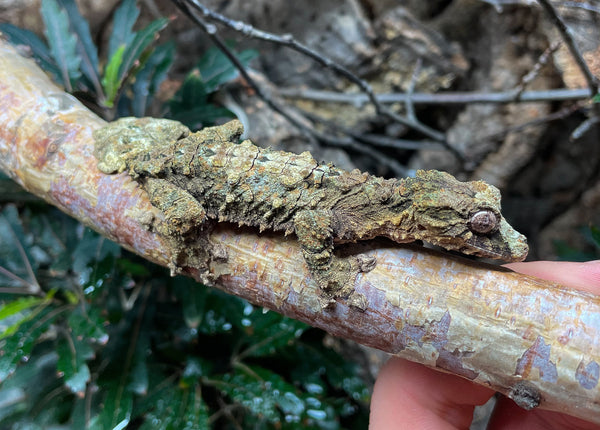Setting up a new fish tank is exciting, bright gravel, bubbling filters, maybe even a castle in the corner. But before adding your new fish friends, there’s one crucial step you cannot skip: cycling your tank.
Cycling is what makes your aquarium a safe, healthy home. Without it, harmful toxins can build up quickly and endanger your fish. Don’t worry, it’s not as complicated as it sounds. Let’s walk through it together.
What Does “Cycling” Mean?
Cycling is the process of establishing beneficial bacteria in your aquarium. These bacteria live in your filter, gravel, and decorations, anything with tons of surface area. Their job is to break down toxic forms of nitrogen that are released by fish waste and leftover food into less harmful substances.
-
Fish waste and food → produce ammonia (toxic).
-
Beneficial bacteria convert ammonia into nitrite (also toxic).
-
A second set of bacteria turn nitrite into nitrate (much safer in small amounts).
This process is called the nitrogen cycle, and it keeps your fish safe and happy.
How Long Does It Take?
Cycling usually takes 4–6 weeks, depending on your tank size, temperature, and how often you dose Peter’s Tank Buster which is bottled live nitrifying bacteria. Patience is key here, the cycle is the foundation of a healthy aquarium.
Step-by-Step Tank Cycling
1. Set Up Your Tank
- Add gravel, decorations, and water.
- Install and run your filter and heater. Beneficial bacteria work much faster in warmer water so we recommend setting your heater at about 80-85F during the cycling stages.
-
Make sure the water is treated with a dechlorinator, since chlorine kills beneficial bacteria as well as fish (Peters Step 1)
2. Choose Your Cycling Method
There are two main ways to cycle a tank:
-
Fishless cycling (recommended): Add an ammonia additive or a fish food source to “feed” the bacteria without risking live fish.
-
Fish-in cycling: Add just a few hardy fish and monitor carefully, doing frequent water changes to ensure ammonia and nitrite doesn’t sky rocket.
If you’re new, fishless cycling is safer and less stressful.
3. Add a Source of Ammonia
-
If using bottled ammonia (Peters Bacter Feed), add drops or follow the dosing instructions until your test kit shows around 4-5 ppm ammonia.
- If using fish food, let it decompose to release ammonia naturally (takes longer).
This “kick-starts” the cycle by giving the nitrifying bacteria something to consume.
4. Test Your Water Regularly
Use an aquarium test kit (liquid kits such as the API Master Test Kit are more accurate than strips) to track:
-
Ammonia (should rise, then drop).
-
Nitrite (appears next, then drops).
-
Nitrate (the final, safer by-product and is removed by consistent water changes).
At first, only ammonia shows up. Then nitrites spike. Finally, nitrates begin to rise, that’s the sign that your fish tank is cycling.
5. Wait for Stability
The cycle is complete when:
-
Ammonia reads 0 ppm.
-
Nitrite reads 0 ppm.
-
Nitrate shows 5–10 ppm (higher nitrates will cause algae blooms so we recommend maintaining them below 10ppm)
Now your tank is ready for fish!
6. Add Fish Slowly
When your tank is fully cycled, you can start adding fish, but not all at once! Introduce a few at a time so the bacterial populations can adjust to the new waste load.
Quick Tips for Success
-
Be patient. Rushing the cycle is the #1 mistake new fish keepers make and is the most common reason for sudden fish loss in the early stages of owning a fish tank. Ad products such as Peters Fish FX to help keep the fishes immune systems up during times of stress such as being added to s new tank.
-
Use bottled bacteria. Product such as Peters Tank Buster (live bacteria) or Seachem Stability can help speed things up. Peters Excite acts as an energy drink for the nitrifying bacteria and helps speed up the process.
-
Keep testing. Regular water tests help you see progress and avoid surprise.
-
Do partial water changes. If cycling with fish, change 25% of the water 1-2 times a week to ensure that the toxic nitrogen forms(ammonia and nitrite) don’t built up.
Final Thoughts
Cycling might not be the most glamorous part of fish keeping, but it’s the most important. Both for freshwater and saltwater it is the key to ensure that your fish thrive from the beginning of your fish keeping journey. Once your tank is cycled, you’ll have a safe, stable home where your fish can thrive for years.
Think of it like building the foundation of a house do it right, and everything else will fall into place.




